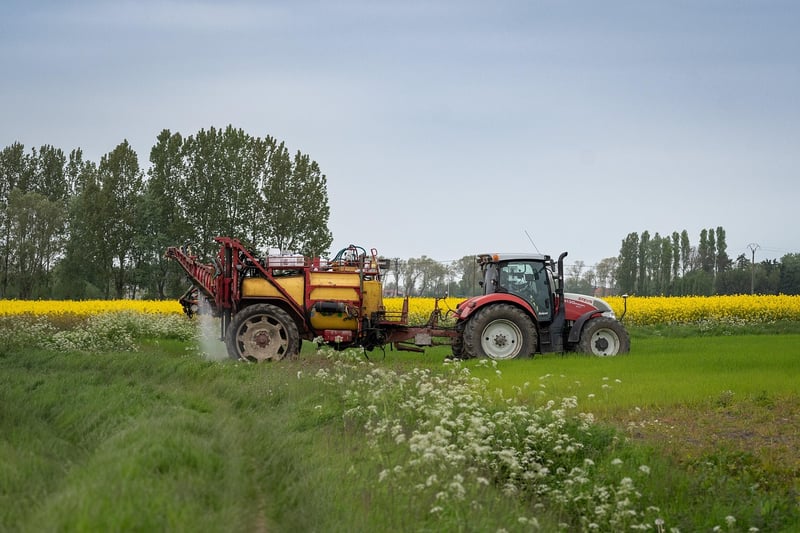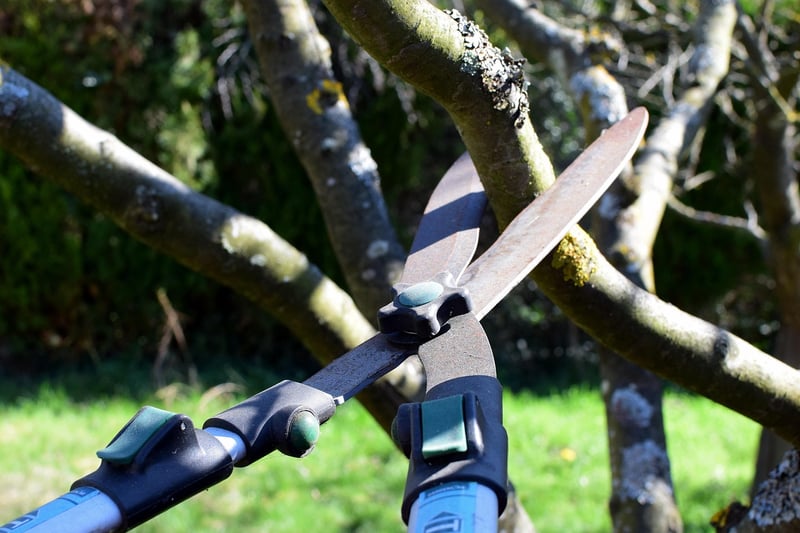Pruning Techniques
Essential Plant Maintenance and Pruning Techniques
Proper plant maintenance and pruning are essential practices to ensure the health and beauty of your garden. By following these techniques, you can promote growth, prevent diseases, and enhance the overall appearance of your plants.
1. Regular Inspection
Start by regularly inspecting your plants for any signs of damage, disease, or overgrowth. Look for yellowing leaves, dead branches, or pests that may be affecting the plant's health.
2. Pruning
Pruning is a crucial technique that involves removing dead or overgrown branches to promote new growth and maintain the plant's shape. Use sharp, clean pruners to make precise cuts at a 45-degree angle.
Types of Pruning:
- Deadheading: Removing spent flowers to encourage the plant to produce more blooms.
- Thinning: Removing excess branches to improve air circulation and light penetration.
- Heading back: Trimming the tips of branches to control the plant's size and shape.
3. Timing
It's important to prune plants at the right time to avoid damaging them. Research the specific pruning requirements of each plant species and prune during the appropriate season.
4. Tools
Invest in high-quality pruning tools such as bypass pruners, loppers, and pruning saws. Keep your tools clean and sharp to make precise cuts and prevent the spread of diseases.
5. Aftercare
After pruning, make sure to water and fertilize your plants to promote new growth. Monitor the plants for any signs of stress and adjust care as needed.
6. Conclusion
By following these plant maintenance and pruning techniques, you can ensure the health and vitality of your garden plants. Regular inspection, proper pruning, timing, using the right tools, and providing aftercare are key steps to keeping your plants thriving.
Remember, each plant species may have specific pruning requirements, so always research and tailor your approach accordingly.

